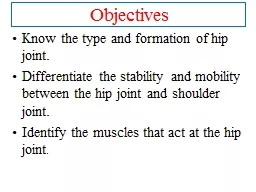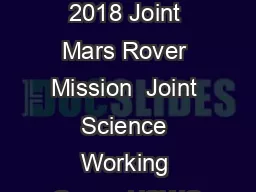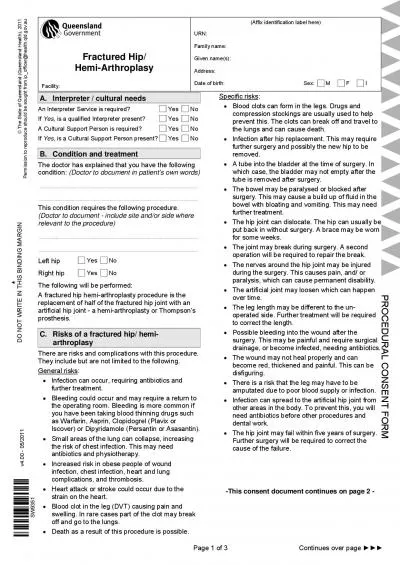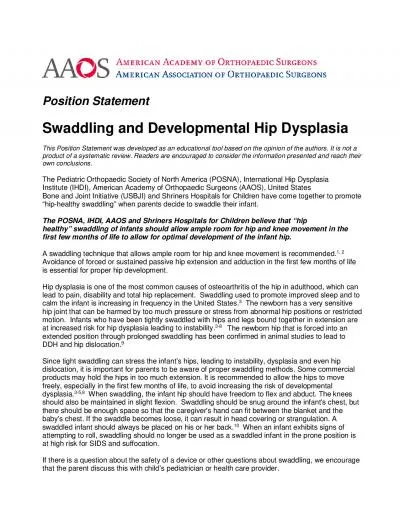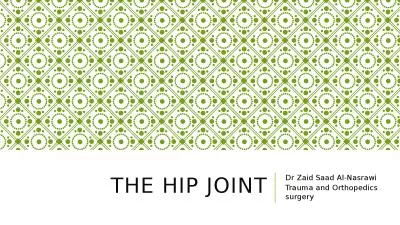PPT-Objectives Know the type and formation of hip joint.
Author : mitsue-stanley | Published Date : 2019-12-26
Objectives Know the type and formation of hip joint Differentiate the stability and mobility between the hip joint and shoulder joint Identify the muscles that act
Presentation Embed Code
Download Presentation
Download Presentation The PPT/PDF document "Objectives Know the type and formation o..." is the property of its rightful owner. Permission is granted to download and print the materials on this website for personal, non-commercial use only, and to display it on your personal computer provided you do not modify the materials and that you retain all copyright notices contained in the materials. By downloading content from our website, you accept the terms of this agreement.
Objectives Know the type and formation of hip joint.: Transcript
Download Rules Of Document
"Objectives Know the type and formation of hip joint."The content belongs to its owner. You may download and print it for personal use, without modification, and keep all copyright notices. By downloading, you agree to these terms.
Related Documents

